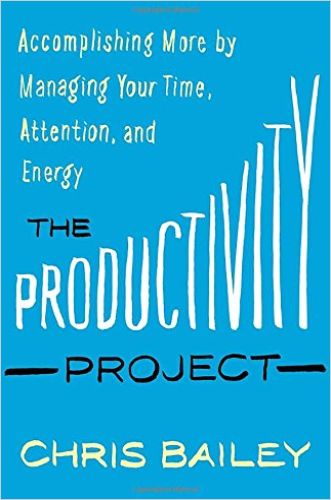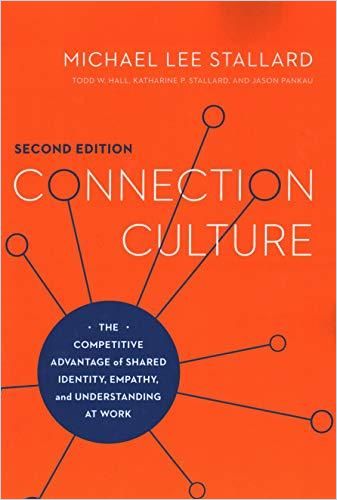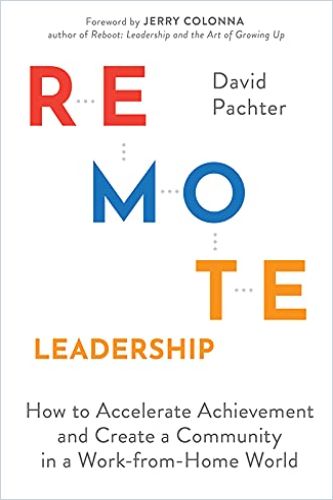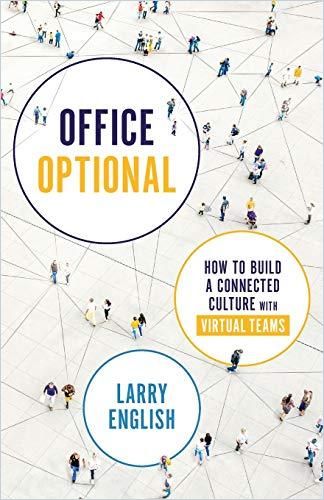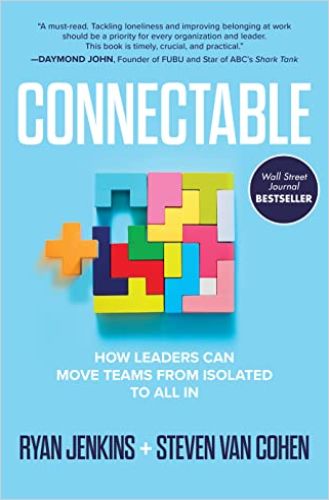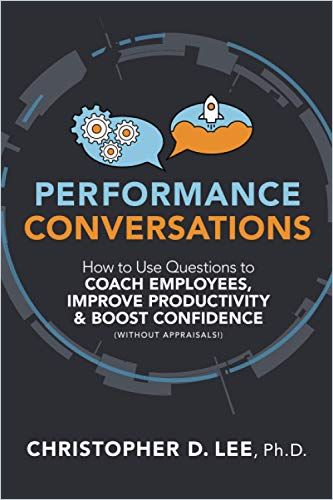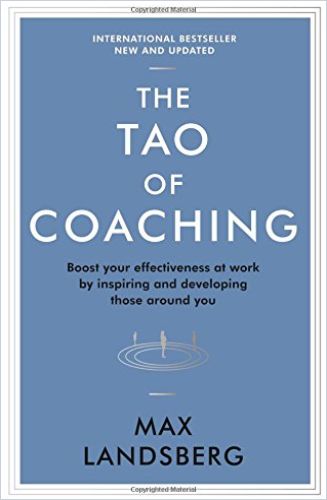How to Motivate the People You Lead

Keeping a workforce motivated is a key leadership challenge. According to recent data from Gallup, 79% of employees worldwide are not engaged at work. Not surprisingly, the concept of Quiet Quitting – of doing only the bare minimum to avoid being fired – has resonated wildly among employees in the US and beyond in recent months.
It does not have to be that way. Front-line managers have a big role to play in helping employees rekindle their passion for the job and rediscover purpose in what they do. Start with the following steps:
1. Listen
Manager concern: “I can’t get through to my employees. I feel I don’t connect with them. I try to be upbeat and give frequent pep talks but fail to inspire people.“
Are you truly present when you talk to your employees? Conversation, done right, is the best way to trigger inspiration, argues leadership expert Kristi Hedges. In her book, she describes four communication behaviors that will help you connect with and inspire your workforce.
Before you get on that call, make sure you can focus fully on your conversation partner by tuning out distractions and clearing your head. Be a good listener and encourage your employee to address work-related problems and explore their potential.
There is nothing wrong with being passionate and infusing the exchange with positive energy. But whether you talk to an individual team member or the whole team, you must calibrate your energy to match that of the audience. Hedges recommends aiming at one or two degrees higher than the audience’s energy level, not more.
Finally, inspiring conversations must be purposeful. Inspiring leaders help people connect with their purpose. They enable employees to see beyond the everyday and find purpose in their work.

2. Facilitate Flow
Manager concern: “People seem disengaged. They complete their tasks but don’t seem to enjoy them. They seem bored.”
Author Mihaly Csikszentmihalyi is best known for developing the concept of “flow” – a mental state in which a person is completely absorbed in a feeling of energized focus. In Good Business, he describes how leaders can facilitate flow at work – and boost motivation, job satisfaction and performance all at once. If you feel your employees are just going through the motions, it will help to consider the following list of obstacles for enabling employees to develop flow states:
- Do your employees have goals they can clearly understand and identify with?
- Do you offer employees regular feedback that helps them see the fruit of their labor?
- Are your employees able to use a variety of skills and perform a broad range of tasks that help keep the job interesting?
- Do your employees feel their contributions have a tangible impact on the company’s overall objectives?
- Do your employees have some control over their work schedules?
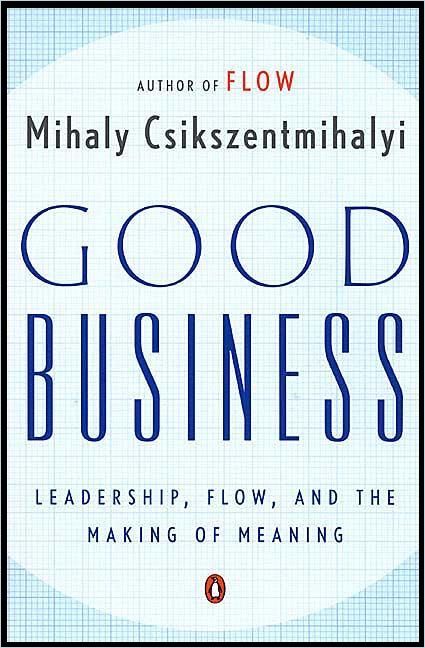
3. Prioritize Employee Well-Being
Manager concern: “I know I am asking much from my employees. But we are so swamped with work! I can’t just tell them to take time off.”
Even the most motivated employee will burn out without periods of rest and disconnection from work. Productivity won’t increase if your employees work extra hours. On the contrary, working longer hours often makes people work less urgently. Instead, encourage people to work smarter, not longer, and to manage their energy wisely.
Managers have an important role to play in promoting sound work habits and making work-life balance a part of the team culture. As a leader, you can model healthy choices by being transparent about how you schedule time for personal needs during the week and by using your vacation days. You can also communicate clearly that you don’t expect people to read or answer emails during off-work hours. Some companies even prevent emails from being received when people are off work.
To gain a better picture of the main issues for employees, conduct regular, anonymous pulse surveys – but don’t leave it at that. Gain insight into how individual employees are doing by speaking with them directly. Instead of making assumptions, ask team members what kind of support they need, and listen genuinely. Make employee wellness a component of performance reviews. Use review discussions to find out whether employees feel valued and cared for, and how you can support them better.
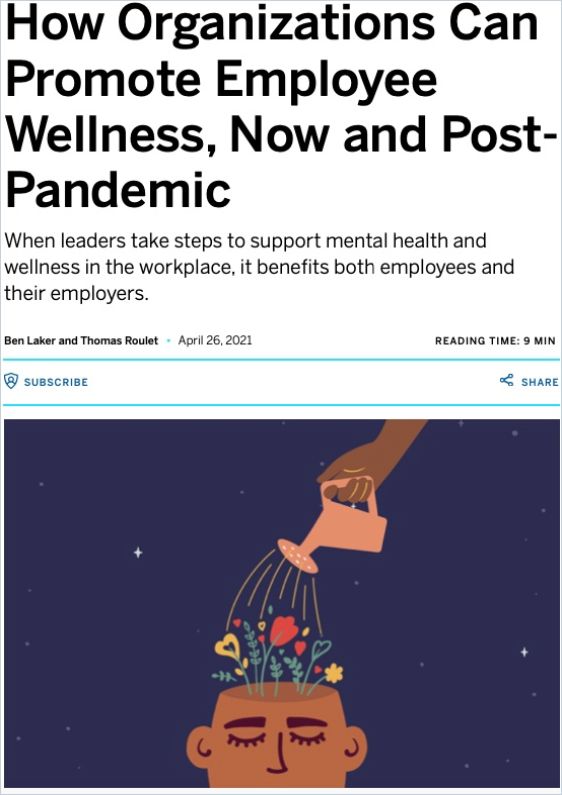
How Organizations Can Promote Employee Wellness, Now and Post-Pandemic
MIT Sloan Management Review Read Summary4. Foster Connection
Manager concern: “Many of my employees – and especially those working remotely – seem to feel disconnected from the team. They seem lonely and lack workplace friendships.”
Authentic connection and meaningful workplace relationships are strong motivation drivers. When people feel comfortable, connected, valued and valuable at work, business prospers. Connection, comfort and contribution promote feelings of belonging and psychological safety. Unfortunately, team leaders often value these qualities less than productivity and performance, inhibiting motivation.
Your approach to building a healthy team will vary depending on the work style and temperament of your team members. Start by identifying structural barriers, such as flawed communication logistics and operational silos. Also, assess potential cultural barriers such as workism, skewed reward systems and favoritism.
You will also want to adjust your hiring, training and incentive programs to select, develop and reward connected behaviors. Where possible, match workers’ strengths and interests to tasks they perform, and engineer opportunities for people to connect.
Spend time with your team members. Get to know them and connect with them. Meet regularly – formally and informally. You will also want to introduce rituals, team-building activities and in-person get-togethers to help team members get to know each other better and develop empathy for each other. Refer to our In-Person Gathering guide for inspiration.
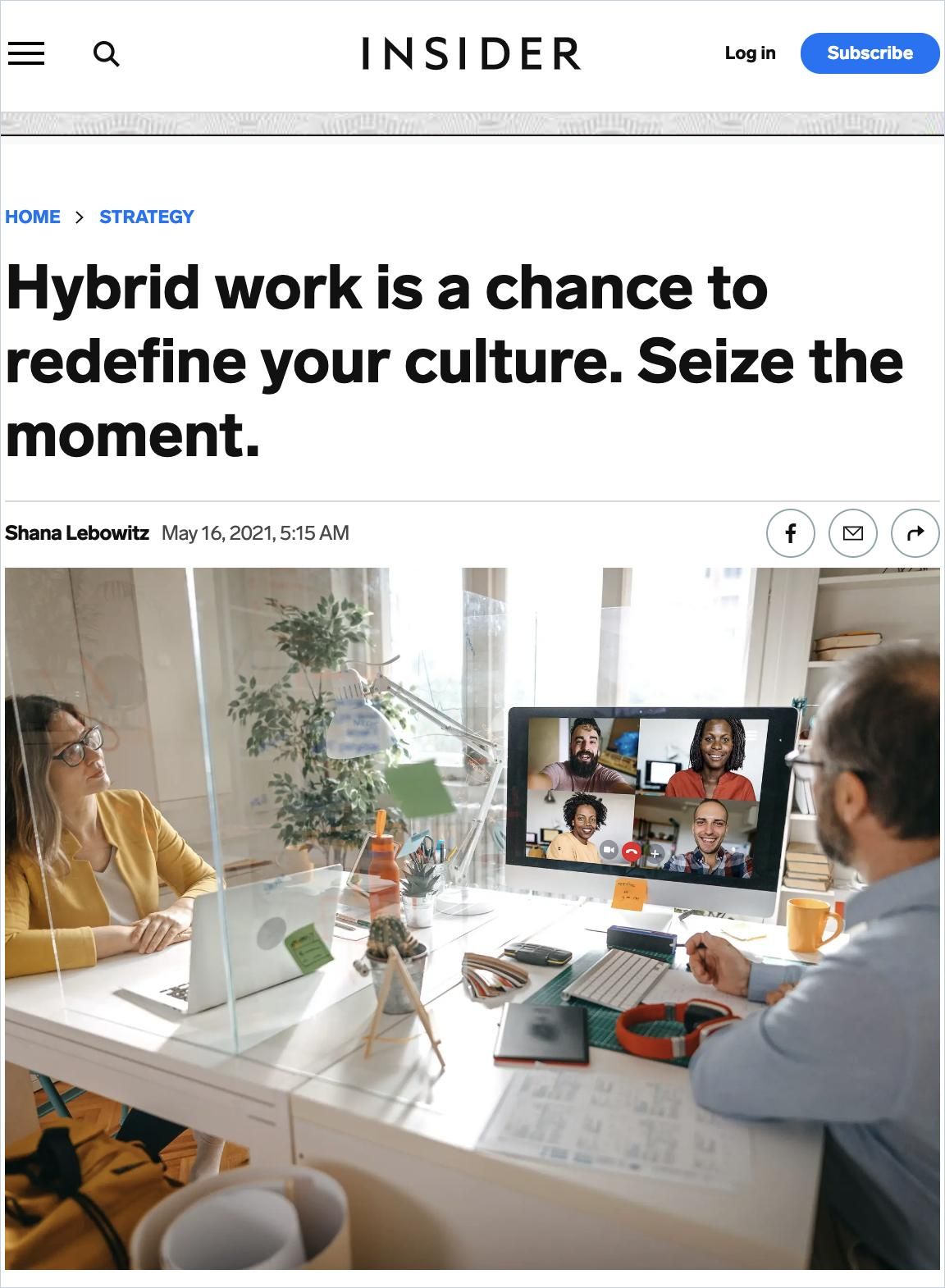
Hybrid work is a chance to redefine your culture. Seize the moment.
Business Insider UK Read Summary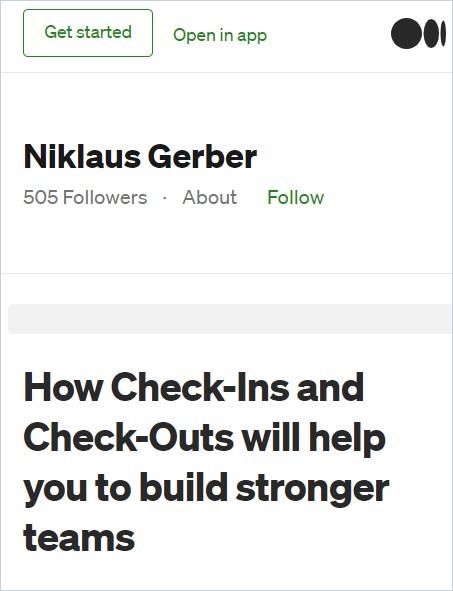
How Check-Ins and Check-Outs Will Help You to Build Stronger Teams
Medium Read Summary
5. Empower
Manager concern: “My employees wait for me to give them instructions. I have to keep checking over their work, otherwise nothing gets done.”
Are you underestimating your employees? Your people will know what to do if you trigger their desire to achieve. As a manager, embrace the role of coach, building trusting relationships with team members. That means sharing honest, critical feedback and giving people credit for their work. Employees need varying levels of manager involvement depending on the task and personality of the individual team member.
In High Output Management, Andy Grove prompts managers to base their involvement on team members’ levels of “task-relevant maturity” (TRM) – their level of education, experience and training. To increase motivation, Grove states that understanding an individual’s highest-level needs is key. You motivate people by enabling them to express their full individual strengths. Help your subordinates develop their individual desires to achieve self-actualization, the highest human need according to psychologist Abraham Maslow’s hierarchical list of what people need. When your team members embrace their individual motivation, their desire for self-actualization will become self-sustaining:
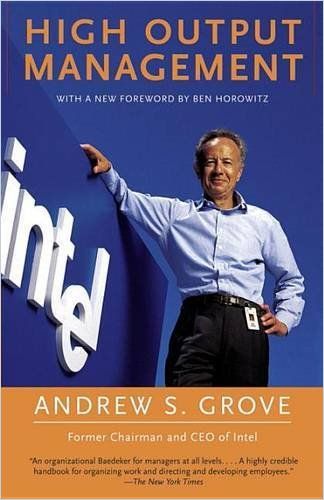
Motivated employees need a sense of personal ownership. Workers at bigger companies can feel alienated from important company decision-making, so encouraging people to take full responsibility for their part is essential. Give individuals and teams the freedom to make decisions for themselves – especially difficult ones – without relying on leadership to call the shots at every turn.
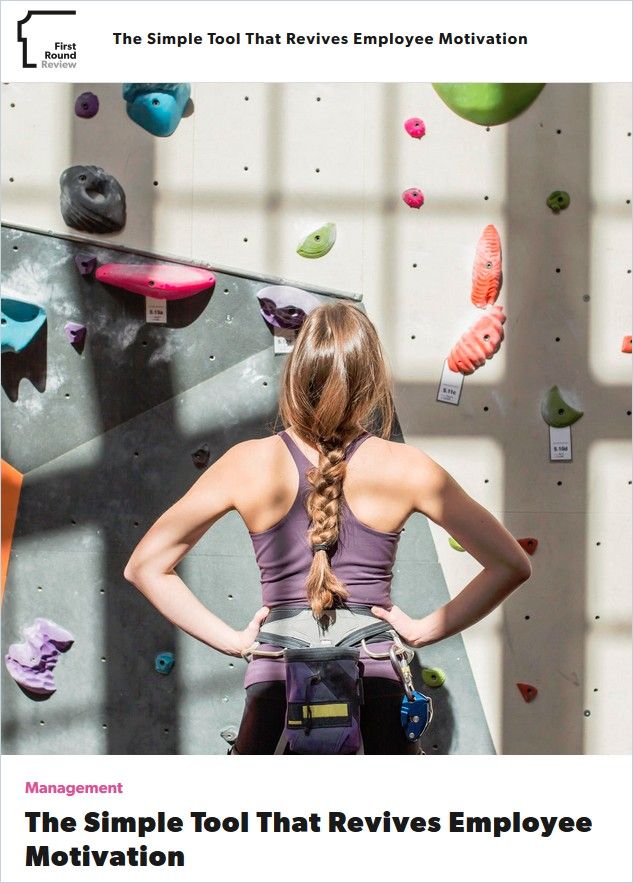
6. Focus on Goals
Manager concern: “Throughout my career, I have operated under the assumption that the leaders do the thinking, and the employees do the doing. But I increasingly feel that the focus on processes makes people complacent and disengaged.”
Hierarchical structures used to be a great way to maximize efficiency but are ill-suited for innovation in a fast-changing and complex business environment. Besides, asking people to simply obey instructions is not exactly a motivation booster.
By contrast, if you give people goals to work towards and empower them to figure out the best way to achieve them, motivation will grow. And the motivation will be intrinsic, not extrinsic. In Leadership is Language, L. David Marquet urges leaders to trust first, and assume that other people’s intentions are good. People need self-determination, which has three components: competence, relatedness and autonomy. To reduce complacency, he argues, workers need mastery over their work and control of their environment.

7. Offer the Right Incentives
Manager concern: “Employee turnover at my firm is high. I feel that this fact alone takes a toll on the motivation of everyone else.”
Employees stay when they are treated with respect, made to feel valued, and given interesting and challenging work. The good news: Many of the factors that make good employees stay are within a manager’s control.
Beverly Kaye and Sharon Jordan-Evans offer a resourceful guidebook, soon to be in its 6th edition, on improving the odds of having engaged employees stick around for the long haul. It has little to do with money, perks or benefits.
Don’t guess what will keep your employees happy – ask them. Show them you care about them and their particular needs – be it more flexibility or opportunities to advance in their career. Give your employees the power to get things done, to create, to make decisions, and to affect the success of their team. Their job satisfaction will rise in proportion to the measure of control they feel that they have over their own destinies. You will accomplish more if you free your employees to do their best work.
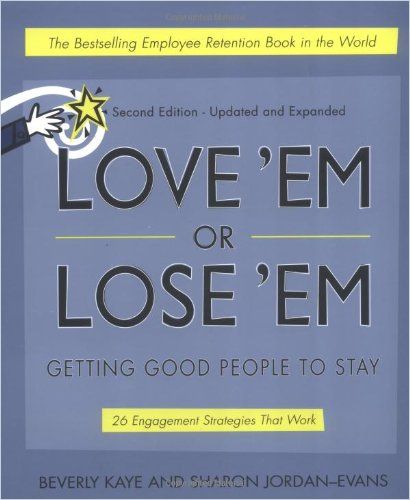
Click here for a more detailed discussion on developing the right employee incentives.
8. Put Your Own House in Order
Manager concern: “I feel dull and unmotivated myself. It’s hard for me to admit this, but I know that I can’t motivate my staff if I struggle with a lack of motivation myself.”
If you struggle with motivation yourself, you may be dealing with what executive coach Ritu Gupta Mehrish calls “leader’s block”: You have lost enthusiasm for your work and find that you don’t perform to your usual standards. Don’t worry. You are not alone. In her book, Mehrish offers several strategies for overcoming the condition. These include:
- Find direction by reconnecting with your long-term goals. Knowing your “why” will make your daily work more purposeful.
- Ride it out. Perhaps this is only a temporary state of mind brought about by the extraordinary circumstances of the pandemic.
- Perhaps you do need to make a change. Reflect on what may be stopping you from changing your behavior. This could be old behavioral patterns or your work situation.
- Find support by forging closer connections with work colleagues or connecting with a mentor or coach.
Blocked leaders do not engage with their people or their tasks, and that in turn can lead to worker disengagement. Mehrish cites a Gallup poll indicating that employees managed by “engaged managers” had a 50% greater probability of feeling engaged themselves than those managed by “disengaged managers.” All the more reason to address “leader’s block” early!
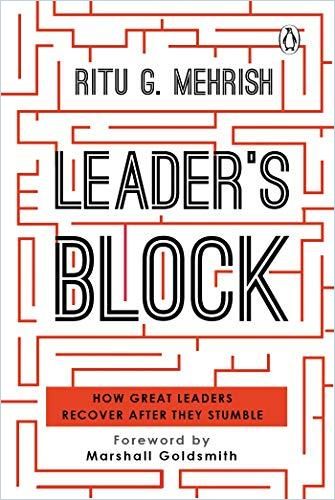
Motivation and empowerment go hand-in-hand. So, by all means, cheer on your employees, help them find new challenges, and thank them for their efforts. But let them solve their own problems and create their own aspirations. Letting them know that you believe in their abilities and potential may be the greatest motivator of all.

